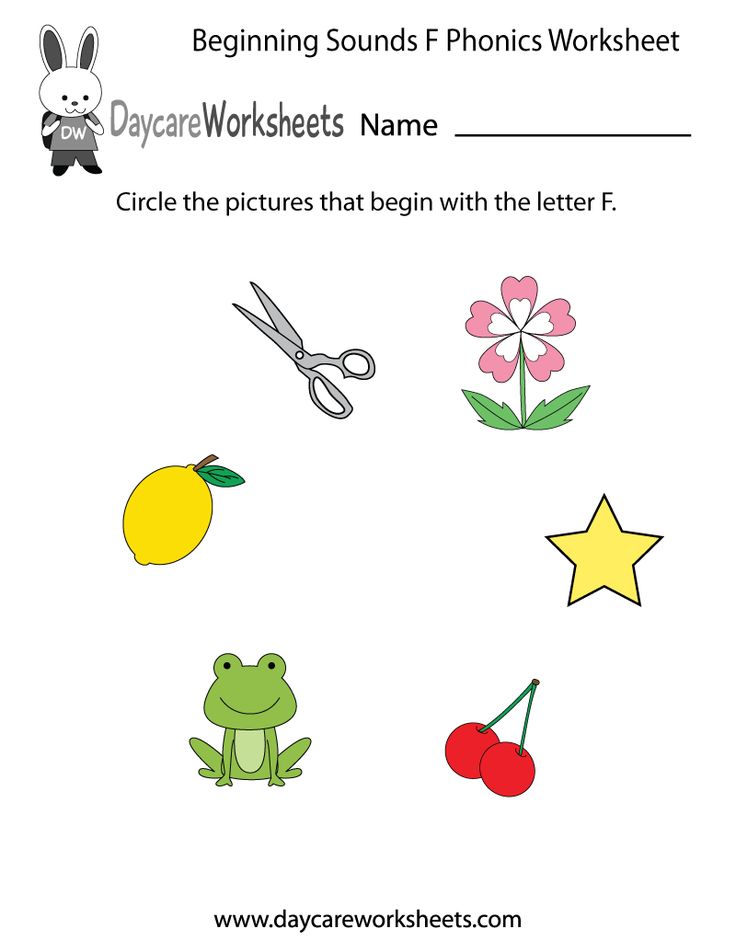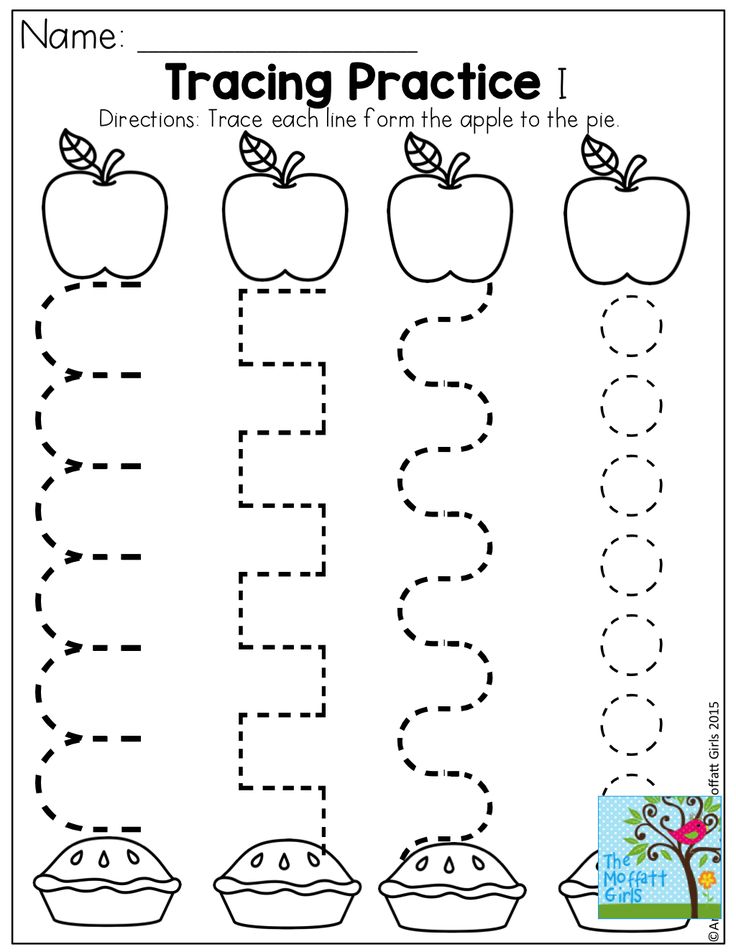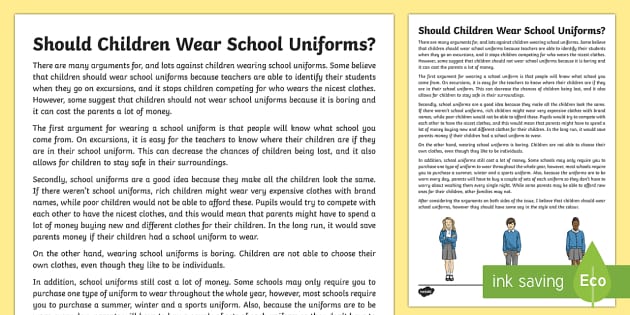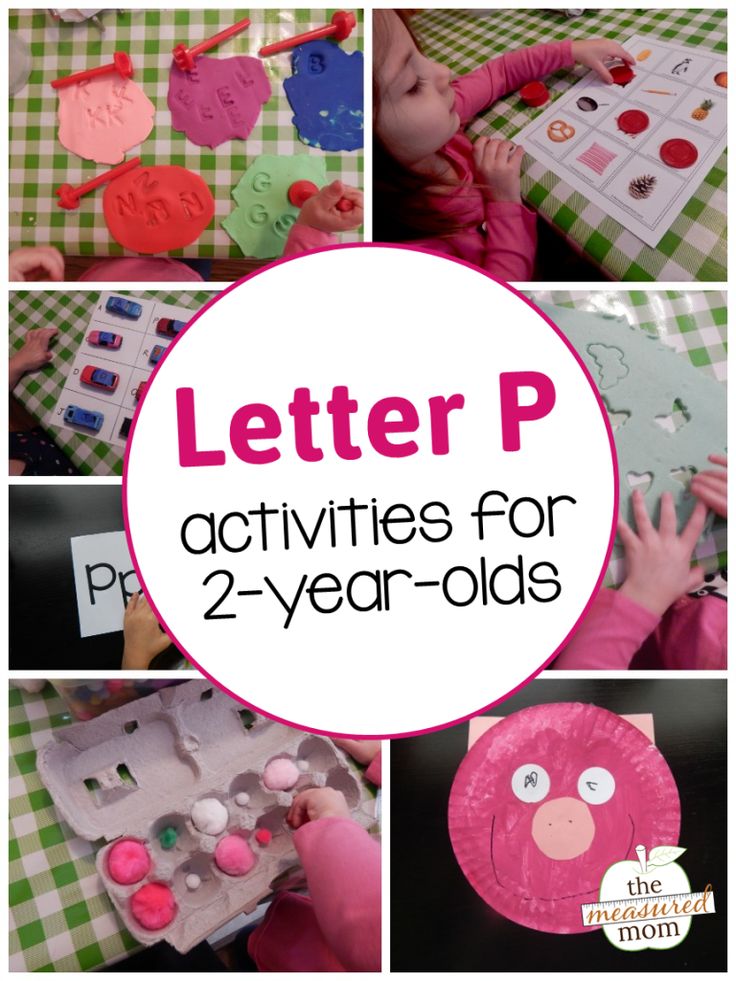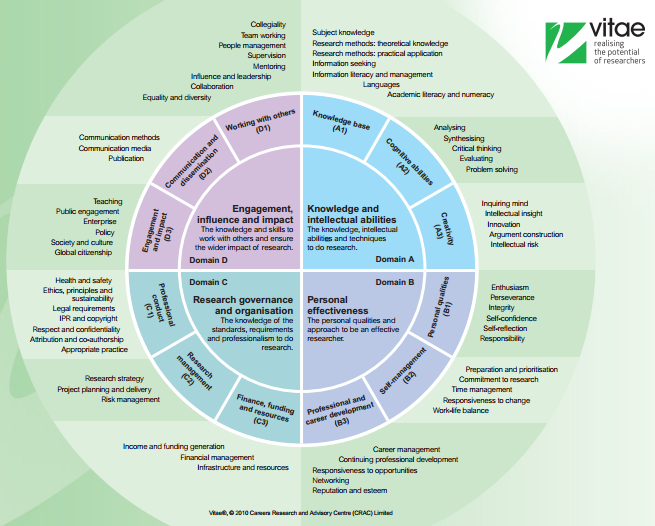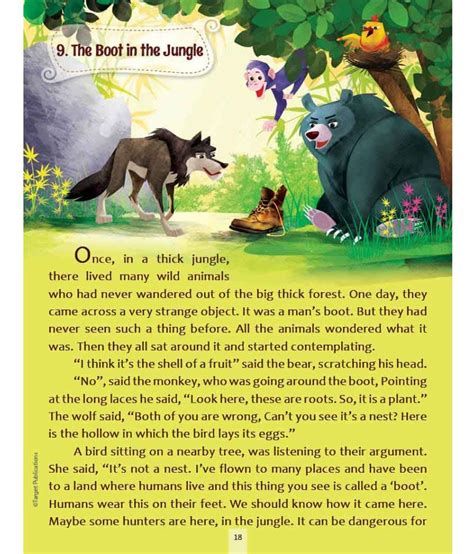Who am i like
Development of the Statistical "Which Character" Personality Quiz
This page serves as the manual for the Statistical "Which Character" Personality Quiz, and the peer-report and couples-report version.
This page is under construction! Please check back someday for the polished version!
Background
When I, your author, would tell people that I published personality tests on the internet, I would often be asked if that meant that I worked for the website BuzzFeed writing their "Which _________ Character Are You?" personality quizzes. And I would have to reply that, no, I am more interested in science and human nature than entertainment; those quizzes are fun, but not that meaningful. And that is not a criticism of BuzzFeed! The value of BuzzFeed (and all other sources of which character tests) are proven by their popularity. They are fun games. People enjoy taking them: case closed. However, if you are interested in the question of how to make good psychological measures, I assumed they never offered much interesting to think about.
I created this test in 2019 after I had the idea of representing each character as a vector, which could be populated by crowdsourced data. And it has actually given me a lot of interesting things to think about! So I slightly retract my previous prejudice against the idea of character personality.
An additional goal of this project has been to create a dataset that can be use in statistical research and education. I am imagining this dataset being great for teaching factor analysis or clustering algorithms. Because of this additional goal, the dataset has been designed to be much richer than would be needed just to create the quiz. For example, the number of features users rate characters on is much larger and more diverse.
Collecting the ratings of characters
Instead of the test creator deciding what each character's profile should be just based on their opinion, the opinions of a large number of people would be averaged to produce the character profiles.
The format of a 100 point scale was chosen that is anchored on either end by an adjective.
To start, the test dataset was populated with volunteers from reddit (starting with Game of Thrones and Harry Potter characters), but once a workable version of the test was operational, the database has been self sustaining with volunteers recruited from people taking the test. After a user has answered the personality rating survey but before they have viewed their results they are asked if they would be willing to rate some characters. There is about a 35% opt-in rate. Volunteers are then asked to select any fictional universes they know about from a list, and then the characters from that universe are paired with items from the set of features (usually randomly) and they rate them. Afterwards, a few more questions are asked about the user's relationship to that fictional universe and some demographic questions. They survey where the characters were rated has varied over time, but mostly has looked like the below screenshot.
The scale goes from 1 (far left) to 100 (far right). The user did not receive instruction on this in the rating survey, but during the body of the quiz they did use similar slider scales to rate themselves that did display the numerical values and so the user should have made the connection and had an understanding of what the scale was. The number of ratings a particular user would give has changed over time. Originally users were assigned to do 30 ratings, but this seemed to be too many so currently users are assigned to do 15 unless it for a universe where data is rare then they are assigned 25.
The user did not receive instruction on this in the rating survey, but during the body of the quiz they did use similar slider scales to rate themselves that did display the numerical values and so the user should have made the connection and had an understanding of what the scale was. The number of ratings a particular user would give has changed over time. Originally users were assigned to do 30 ratings, but this seemed to be too many so currently users are assigned to do 15 unless it for a universe where data is rare then they are assigned 25.
After this, a few questions that are to help evaluate that user's relationship to the work were asked, pictured below.
Then finally, some demographic questions were asked to put the sample in context, pictured below.
This was the last page of the volunteer survey and after it was submitted users were directed immediately to their results. This page also collected consent to use the user's data as its final question. Users who do not answer yes to this question have their data discarded.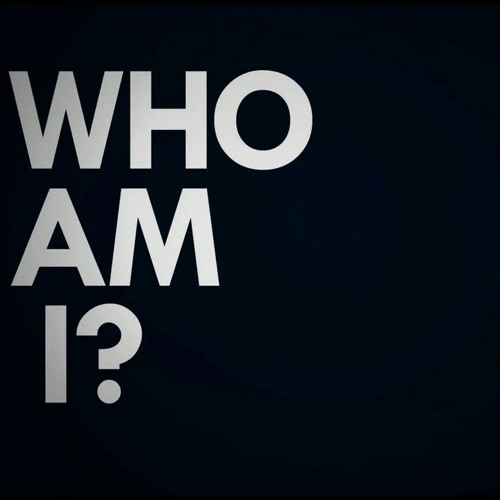
Using this procedure, a very large number of ratings have been collected. The graph below shows number of completed surveys per day since this quiz was converted to the current workflow.
With each user providing up to 30 character ratings in one survey, a total of more than 69,496,000 ratings spread across 400 items for 1,750 characters have been made. These have been somewhat unequally distributed as the more commonly known universes receive more ratings, but care has been taken so that each item for every character in the database has received at least 3.
Generating the bipolar scales
The item format for the quiz and dataset was chosen to be a 1 - 100 scale anchored with text on both ends. This is not a super common format in psychological measurement, in fact rating scales with sliders have significant problems that I have previously criticized them for. The reason why this format was chosen was due to user experience considerations. To make how the quiz works understandable to users, the results page needs a graph, and the graph looks better with high granularity. If user responses were just on a 1 - 5 scale for example, a scatter plot made out of them would look very clumpy.
If user responses were just on a 1 - 5 scale for example, a scatter plot made out of them would look very clumpy.
The items were generated by your author over time, until there were 400. This is far more items than actually can be used in the quiz. A 400 question quiz would be way to long. But having all these items allows us to evaluate and select the best performing items. This also makes the data set more useful for educational purposes.
One way to evaluate how good an item is just how good it seems. And this method is more or less how other character tests are made, the creator puts in questions that just seem good to them. As explained earlier, the judgment of many is better than the judgment of one. So here, this issue was crowsourced to test users in a survey that looked like below.
This survey was run until at least 500 people had given their opinion on each question. The questions with the highest and lowest average scores are below (4=Definitely include; 1=Definitely exclude).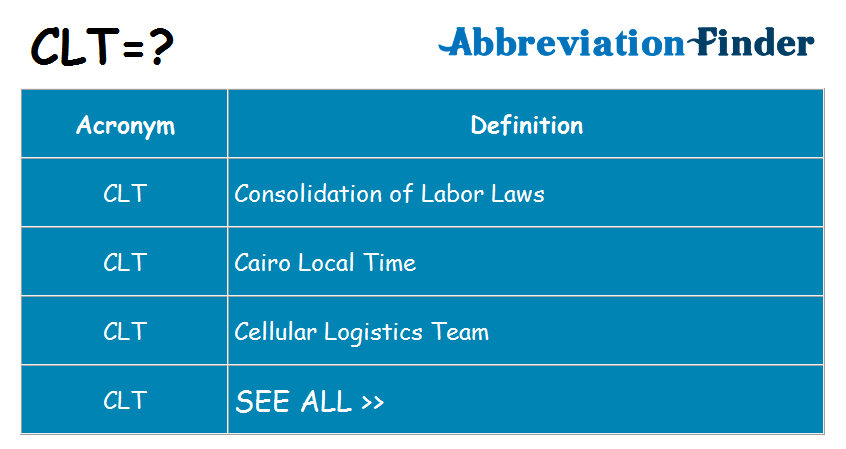
Checking the reliability of user ratings
The premise of this quiz is that aggregating different user's ratings together increases their accuracy, but that is as assumption that could not be true. For example, if character personality is completely in the eye of the beholder and has no consistency across different raters than this the idea of any 'which character' personality quiz is pointless. This question is known as interrater reliability. It will only make sense to talk about a character being a certain way if people agree that the character is that way. This is usually quantified with an intraclass correlation coefficient (ICC1). The value of ICC ranges from 0 to 1. With 0 being no agreement and 1 being perfect agreement. The 10 questions with the highest and lowest interrater reliability are in the table below.
Some questions were much more reliable that others. Some questions had very low reliability and looking at them, it makes sense. The low reliability items all do seem kind of confusing. The question that showed the lowest reliability is the contrast between being 'right-brained' and 'left-brained'. This question is a reference to the pop-psych personality idea that people prefer to use one side of their brain and that each side has specific functions. The low consistency of ratings made on this question matches up with my previous experience working with the idea. I attempted to create my own measure of being left-brain versus right-brain back in the day, and found that it was mostly an incoherent/meaningless idea. Everyone's definition of what they thought it meant to be left or right brain varied too widely to be useful at all. See Development of the Open Hemispheric Brain Dominance Scale.
The question that showed the lowest reliability is the contrast between being 'right-brained' and 'left-brained'. This question is a reference to the pop-psych personality idea that people prefer to use one side of their brain and that each side has specific functions. The low consistency of ratings made on this question matches up with my previous experience working with the idea. I attempted to create my own measure of being left-brain versus right-brain back in the day, and found that it was mostly an incoherent/meaningless idea. Everyone's definition of what they thought it meant to be left or right brain varied too widely to be useful at all. See Development of the Open Hemispheric Brain Dominance Scale.
We can graph the reliability of each question versus the average rating a question recived in the survey where users were asked what questions they thought should be used for the quiz. Some of the points have been labeled to help with interpretation.
The correlation between these was positive, but modest (r=0.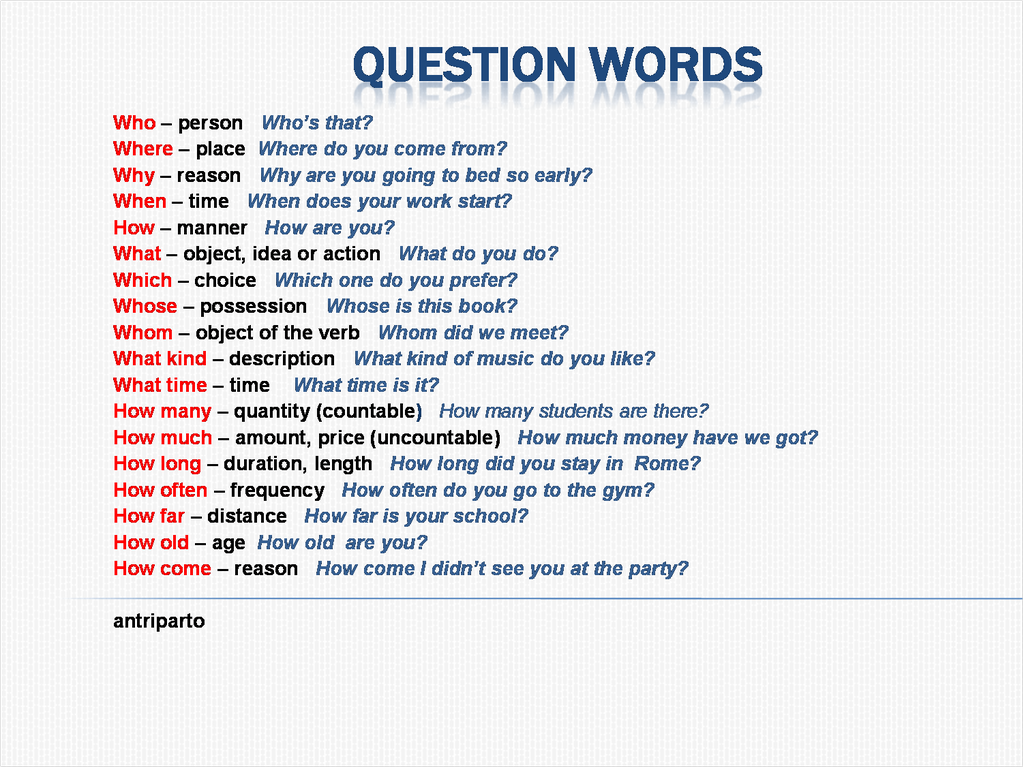 37). Looking at the individual points, we can see why this makes sense. Users were generally able to tell which questions were meaningless and agreed they should not be used in the test. Some questions were outliers, where it was reliable but still got low user approval. One of these was the item young (not old). It is the 2nd most reliable question, but got a very low user scores. And this make sense, users don't dislike this question because it is meaningless, they dislike it because its not about personality. So you can see how this demonstrates that is important for a question to be reliable, but reliability is not enough.
37). Looking at the individual points, we can see why this makes sense. Users were generally able to tell which questions were meaningless and agreed they should not be used in the test. Some questions were outliers, where it was reliable but still got low user approval. One of these was the item young (not old). It is the 2nd most reliable question, but got a very low user scores. And this make sense, users don't dislike this question because it is meaningless, they dislike it because its not about personality. So you can see how this demonstrates that is important for a question to be reliable, but reliability is not enough.
Causes of unreliability
Modeling the ratings of character personality
So, we have all these ratings of characters and we might want to ask, "what is the best model of a characters personality?" The dataset contains 400 values for each character, but probably some of these values are redundant? You could probably well describe characters with far less than 400 values per character. The typical analysis to do this in psychometrics is called factor analysis. Factor analysis tries to explain a larger set of observed values with a smaller set of fundamental causes.
The typical analysis to do this in psychometrics is called factor analysis. Factor analysis tries to explain a larger set of observed values with a smaller set of fundamental causes.
When you run a factor analysis, the first thing you look at is the "scree plot". Factor analysis extract factors one at a time, each time trying to make the factor extracted do as much work as possible, so each sequential factor does less work than the previous. You can look at how much variance each factor explains and then kind of make a judgment call about how many are important. The scree plot from a factor analysis of the 400 values for 1,600 characters is below.
Interpreting a scree plot is more art than science, but I am going to say that I see 8 factors that appear to be doing work here. So for the rest of the analysis in this section I am going to only consider the first 8 factors extracted. A factor analysis computes the loading of each variable on each factor. The loading is what the analysis estimates the correlation of that variable with the factor is. So we can look at the variables with the highest loading to try and interpret what each factor "is". The table below shows the loadings of the top few items that load on each factor.
So we can look at the variables with the highest loading to try and interpret what each factor "is". The table below shows the loadings of the top few items that load on each factor.
| Feature | Factor loading | |||||||
| 1 | 2 | 3 | 4 | 5 | 6 | 7 | 8 | |
| cruel (not kind) | 0.97 | -0.01 | 0.07 | 0.06 | 0.01 | -0.01 | 0.03 | -0.01 |
| poisonous (not nurturing) | 0.96 | 0.12 | -0.03 | 0.05 | 0.02 | -0.01 | 0.07 | 0.02 |
| angelic (not demonic) | -0.95 | -0.17 | -0.09 | 0.02 | 0 | 0.01 | -0.05 | -0.02 |
| scheduled (not spontaneous) | 0.04 | -0.92 | 0.04 | 0.17 | -0.17 | 0.04 | 0 | 0.02 |
| serious (not bold) | 0.01 | -0.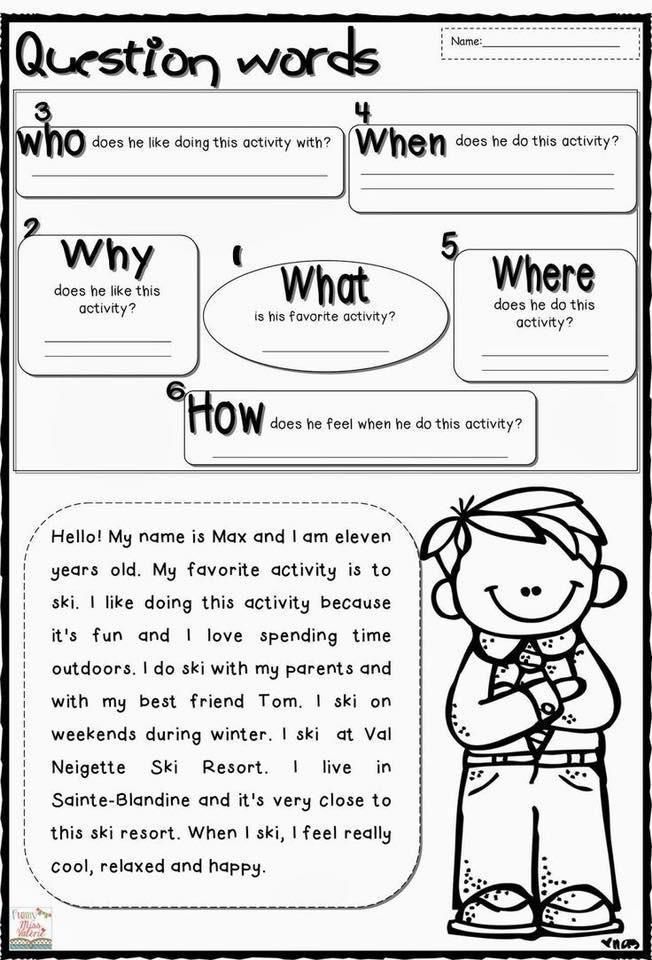 9 9 | -0.07 | -0.02 | -0.09 | -0.06 | 0.24 | 0 |
| orderly (not chaotic) | -0.28 | -0.87 | 0.18 | 0.21 | -0.06 | -0.05 | -0.05 | 0.01 |
| noob (not pro) | 0.05 | 0.08 | -0.9 | -0.04 | 0.06 | 0 | -0.02 | -0.08 |
| mighty (not puny) | -0.06 | -0.02 | 0.9 | 0.01 | 0.19 | 0.03 | 0.07 | -0.08 |
| badass (not weakass) | -0.15 | 0.15 | 0.89 | -0.07 | 0.09 | 0.03 | 0.04 | -0.01 |
| scruffy (not manicured) | 0.02 | 0.31 | -0.04 | -0.86 | 0.04 | -0.07 | 0.12 | -0.01 |
| blue-collar (not ivory-tower) | -0.31 | 0.05 | 0.01 | -0.83 | 0.16 | 0 | -0.02 | -0.03 |
| proletariat (not bourgeoisie) | -0. 4 4 | 0.09 | 0.05 | -0.82 | 0.02 | 0 | 0.05 | 0.02 |
| sporty (not bookish) | 0.13 | 0.36 | 0.18 | -0.21 | 0.84 | -0.02 | -0.04 | -0.03 |
| nerd (not jock) | -0.27 | -0.22 | -0.3 | 0.06 | -0.8 | 0.07 | -0.02 | 0.15 |
| intellectual (not physical) | -0.14 | -0.39 | 0.1 | 0.27 | -0.79 | 0 | 0.03 | 0.14 |
| leisurely (not hurried) | -0.07 | 0.45 | 0 | 0.01 | -0.01 | -0.77 | -0.18 | -0.1 |
| sleepy (not frenzied) | -0.29 | -0.24 | -0.25 | -0.16 | -0.02 | -0.74 | 0.1 | -0.04 |
| aloof (not obsessed) | -0.38 | 0.1 | -0.04 | -0.11 | 0.16 | -0.67 | -0.08 | -0.08 |
| sad (not happy) | 0. 53 53 | -0.23 | 0 | -0.1 | -0.04 | 0.05 | 0.76 | -0.01 |
| cheery (not sorrowful) | -0.48 | 0.36 | -0.12 | 0.15 | 0.02 | -0.01 | -0.73 | 0.01 |
| traumatized (not flourishing) | 0.38 | -0.02 | -0.26 | -0.26 | 0 | 0.16 | 0.68 | 0.02 |
| luddite (not technophile) | 0.09 | 0.04 | -0.07 | -0.19 | 0.18 | -0.06 | 0 | -0.91 |
| high-tech (not or low-tech) | -0.02 | -0.07 | 0.23 | 0.29 | -0.19 | 0.1 | 0.01 | 0.86 |
You can read the table and see that when describing characters, people talk about how cruel, spontaneous, mighty, scruffy, nerdy, high-energy, sad, and high-tech a character is and these descriptions are independent. And this maybe kinda and makes sense and seems kind of reasonable. However, I am partial to the phrase "factor analysis is
uninterpretable" (stolen from Tal Yarkoni). I think results of a statistical analysis are only interpretable in the context of a theory and I have no theory of character personality — and, I don't think there could ever be one.
I think results of a statistical analysis are only interpretable in the context of a theory and I have no theory of character personality — and, I don't think there could ever be one.
So rather than a scientific model, we will focus on the less ambitious goal of a predictive model. And the thing we will aim to predict is how much a user thinks they are like a specific character based on their their questionnaire answers. In a sense this will be like a recommendation engine that recommends users characters, and the criteria for good results is that the user agrees that the recommended characters are similar to them.
Exploring validity using height as a criterion
There is one trait where it might actually be reasonable to talk about a character having a true value of it. For characters played by actors (i.e. not animated, etc.), the actor who played that character has a measurable height and the description of being tall vs short (P69) can be said to be directly downstream from that. I scraped the height listed for actors on Imdb and cross referenced it with the ratings for their characters in our dataset:
I scraped the height listed for actors on Imdb and cross referenced it with the ratings for their characters in our dataset:
The correlation between the actor's height as listed on IMDb and the tallness rating of their character in out dataset was correlated at r=0.693. And remember that the true value of the relation between these two things is higher than the calculated value because of unreliability. It value will get higher as more data is collected.
How the correlation increases with more ratings can be demonstrated with a simulation. Using the cases where there were at least 100 ratings (n=249), the effect of sampling only a certain number of ratings was investigated. The results are graphed below.
You can see that if a characters rating is only based on one rating, the correlation is r=0.544, but if its based on 100 rating, it jumps to r=0.751. The benefit of addition additional ratings is very large at the beginning, but after characters have 10 ratings for a trait the margin benefit of one more rating gets very small.
If you projected this out and imagined that an infinite number of ratings were collected (i.e. that the average of the ratings had no unreliability left in it), it looks like the trend is to approach r=0.76.
There is another sources of unreliability in the comparison that we need to acknowledge to. The heights as listed on IMDb do not appear to be perfectly accurate. Let's investigate one outlier on the graph:
Jessa Johansson from the TV show Girls has been rated by n=37 users on tall (not short) and the average was 67.2 (meaning somewhat towards the tall end of the scale). This character is played by actress Jemima Kirke who was listed on IMDb as being 5' 2" (1.57 m), which is quite short. So one of these values seems like they should be wrong. And so, when we look at sources other than IMDb, there does seem to be some disagreement out there. CelebWikiBiography.com says "Her height is 5 feet 2 inches or 5 feet 4 inches or 5 feet 5 inches".
We can compare her to Lena Dunham, a fellow actor in Girls. Dunham is listed on IMDb as being 5'3", an inch taller than they list Jemima Kirke! But in our data, Hannah Horovath gets 15.6/100 for tall compared to 67.2/100 for Jessa Johansson. If we look at photos of them side by side, Kirke (blue) does look a fair bit taller than Dunham (red).
Dunham is listed on IMDb as being 5'3", an inch taller than they list Jemima Kirke! But in our data, Hannah Horovath gets 15.6/100 for tall compared to 67.2/100 for Jessa Johansson. If we look at photos of them side by side, Kirke (blue) does look a fair bit taller than Dunham (red).
So my conclusion is that Kirke probably is more like 5'5" and that the correlation between actual and rated height would be higher if IMDb was better at reporting actual heights.
It's hard to estimate how much having perfectly reliable height data would increase the correlation, but my guess is probably not that much (on average I expect IMDb to be pretty accurate). So we still have the question, why is the correlation not r=1 when correcting for unreliability? Isn't the idea of this test that if we average together people's ratings we get the "true score"?
This is where have to start considering the issue of what in psychometrics is called "measurement invariance". This will be the most challenging philosophical problem for this character matching system. Measurement invariance is when what seems to be the same measure (here, the same question) produces responses that have different meanings when used in different populations or different contexts. For example, when rating the height of characters short tall, there is a measurement invariance issue around the gender of the character. See the same graph we saw before now broken down by gender:
Measurement invariance is when what seems to be the same measure (here, the same question) produces responses that have different meanings when used in different populations or different contexts. For example, when rating the height of characters short tall, there is a measurement invariance issue around the gender of the character. See the same graph we saw before now broken down by gender:
People use a different standard to decide whether a female character is tall than they use to decide for a male. This makes intuitive sense and you can probably recognize this in your own thinking: a woman 6 feet tall is very tall for a woman, so you might remark about how tall she is, but a man six feet tall is not particularly tall for a man. If you control for the gender of actor/character the correlation between actor height and rated character tallness increases from r=0.693 to r=0.749.
This idea of measurement invariance will be addressed much more in depth when we get to the section on tuning the algorithm. But for now, we can say having people rate characters does seem to be a reliable method, though not a perfectly valid one.
But for now, we can say having people rate characters does seem to be a reliable method, though not a perfectly valid one.
Predicting user-character similarity ratings
So, as we saw above there are philosophical issues with the idea of "you think you are an extrovert and people think Mr.Character is an extrovert, therefore you are like Mr.Character". So, let's try moving away from statistics and into data science, pure number crunching. Instead of a psychological assessment, let's try conceptualizing what we are doing as a recommendation engine with the target of maximizing user identification. The main tool used here is the question shown below:
Users who agreed at the end of the test to rate some characters to make the test better were directed to select from a list of fictional universes which ones they knew. Then they were shown a random assortment of characters from those universes and asked to rate how similar each was to them on a six point scale from 1=Extremely similar to 6=Extremely different (they could also skip a character if they did not know).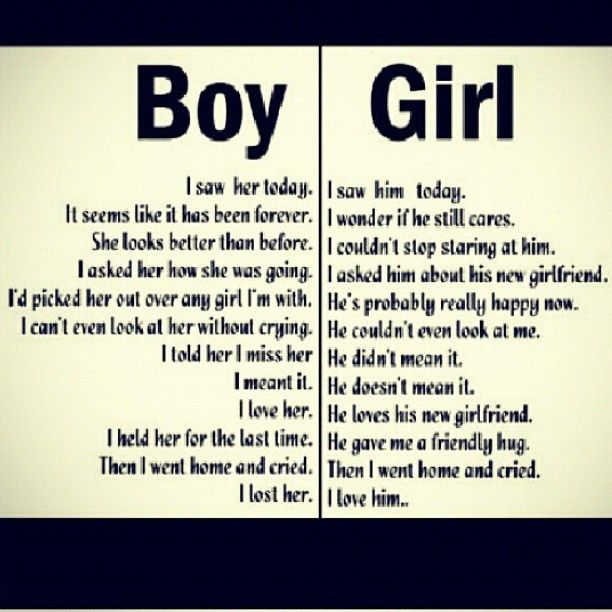
Using data from the self-character similarity survey, a selection of items was tuned to maximize the correlation between match score with character and users self-identification with character. Its performance is graphed below.
Scoring
The current active version provides match scores that range from 0-100. To produce that score, the correlation is computed between the average rated scores for each character and the self ratings provided by the user. This correlation ranges between -1 and 1, so to turn it into a percent, 1 is added to that number and multiplied by 50. The mean difference algorithm takes the average difference between a users score and the characters scores and subtracts that from 100. Scores on the versions of the test with more questions tend to be lower for the best matching character that the versions with less. The more criteria you have, the more difficult it is to find a perfect match.
Comparison of others method of matching characters
Now that we have made and validated this matching system, we should put it in context by comparing it to other similar systems.
Myers-Briggs Personality Types
There are thousands of 'which character' quizes on the internet but they are not usually taken seriously enough to provide any information about how they work. But there is one alternative method of matching people to characters we can make a detailed comparison with: Myers-Briggs personality types. Myers-Briggs, or Jungian type, is a system of 16 personality types. It is the most popular system on the internet, and one of the common uses of the system is to type fictional characters. A common format is for someone to make a chart of the characters from a fictional universe and pick out one example they think fits each each of the 16 types. This usually looks like the meme below which shows a typing of Star Wars characters (from Entertainment Earth News):
The implication of these memes is that you should use your personality type to look up what character is similar to you. It is assumed that if you identify as an INFP, you then must have the most connection to the character that has been chosen as an example of an INFP, etc.
The question for us here is, can we quantify how well does this work? And, can we compare how well this works versus matching people to characters using the SWCPQ questionnaire?
The website Personality Database (PDB) functions somewhat similar to this website. Users rate characters on their Myers-Briggs and Enneagram personality types and these are all combined into a community verdict. PDB is the most popular Myers-Briggs community typing website, and its verdicts will be used in this analysis as the key for what type each character is under the Myers-Briggs system. Of the 1,600 character profiles in the SWCPQ1.0 dataset, there are 1,537 with matching profiles on PDB.
The validation survey run here also asked for a user's Myers-Briggs type, so we can cross reference these two datasets to see how well matching an individual to a character based on Myers-Briggs type works. First we will start with analyzing just one character at a time to illustrate how this works, then afterwards move on to analyzing all characters at once to compare the two methods.
Two of the characters with the most data in the validation dataset are Anna of Arendelle and Hermione Granger. For each of them we have many thousand people who both self-reported a Myers-Briggs type and rated how similar they were to the character. The graphs below shows what percent of each Myers-Briggs type gave each different rating of similarity to them.
We can see that when we categorize people by Myers-Briggs type, not all types have the same relation to the characters. People who identified as ENFP were most likely to say they were like Anna and people who identified as ESTJ were most likely to say they were similar to Hermione Granger. And if we go on personality database we see that those are the exact types that people have voted for Anna and Hermione! So, does this prove that the Myers-Briggs types are legit? My position is that Myers-Briggs type theory / Jungian psychology is pseudoscience, but the 16 types can be used as adjectives and describing things with adjectives is a reasonable thing to do.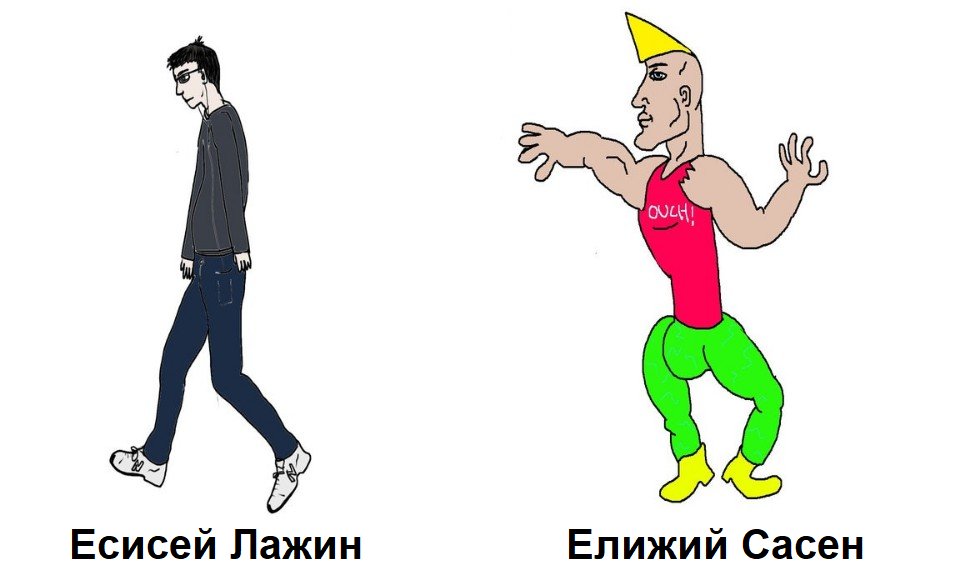 Indeed, Francis Galton counted more than a thousand words in the dictionary that could be used to describe people, and we can say Myers and Briggs added 16 more. They question to ask is how useful are these adjectives, how much work do they do?
Indeed, Francis Galton counted more than a thousand words in the dictionary that could be used to describe people, and we can say Myers and Briggs added 16 more. They question to ask is how useful are these adjectives, how much work do they do?
Yes, 90% of ISTJs thought they were some degree of similar to Hermione, but the majority of the ESFPs (the type that thought that the least) still thought that.
So that looks like it checks out. PDB says Anna is an ENFP and self identified ENFPs are one of the types most likey to think they are similar to Anna. But also see that it is far from perfect. Some ENFPs did not think they were similar to Anna, and many people from all of the other types thought they were.
But that was just one character. We want to know how the system performs across all characters. There were 407 characters in the validation dataset that had at least 50 votes on Personality-Database.com, this analysis will only use those. In total 57,774 users provided a total of 718,995 ratings.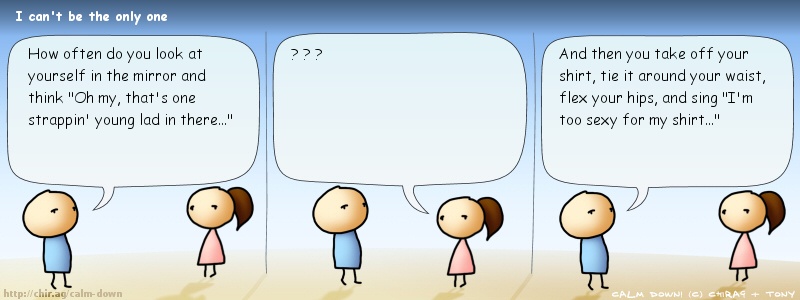 The graph below shows how those ratings differed between when the user's type and the character's type matched, versus when they did not.
The graph below shows how those ratings differed between when the user's type and the character's type matched, versus when they did not.
When a user's type matched the characters type, the user thought the character was similar to them 58.8% of the time versus 44.0% of the time when the types did not match. So matching to characters based on Myers-Briggs type does better than chance, but does not compare very well to how well this tool performs. Go back and look at the graph of how well match scores from this questionnaire predict whether or not a user will rate a character as similar to them: when a user matched to a character at the lowest level, there was a less than 10% chance they would think that the character was similar to them, versus an 80% chance when the matching score was at the high end.
But, that the MBTI would not function that well at matching people to characters is no suprise. The Myers-Briggs Type Indicator was designed to recommend careers, not characters. One specific example of how this effects things is that the Myers-Briggs types were designed to all have positive descriptions. This means they don't really convey information about goodness and badness very well. And goodness and badness is the most important thing people seem to base their judgments about how similar a character is to them on. Given that matching characters was not the purpose that the Myers-Briggs personality types were developed for, the fact that they do not perform well at it does not really debunk the idea of the 16 types directly. But many people on the internet have suggested that looking up what characters have the same type as you is highly meaningful. I would point to this as another example of the common phenomenon where people dramatically overestimate how useful categorizing by Myers-Briggs types is.
One specific example of how this effects things is that the Myers-Briggs types were designed to all have positive descriptions. This means they don't really convey information about goodness and badness very well. And goodness and badness is the most important thing people seem to base their judgments about how similar a character is to them on. Given that matching characters was not the purpose that the Myers-Briggs personality types were developed for, the fact that they do not perform well at it does not really debunk the idea of the 16 types directly. But many people on the internet have suggested that looking up what characters have the same type as you is highly meaningful. I would point to this as another example of the common phenomenon where people dramatically overestimate how useful categorizing by Myers-Briggs types is.
CharacTour
There is a different website with a tool pretty similar to this one called CharacTour. It also has a database of characters and a quiz that searches for matches. A comparison between them has been organized on Reddit, which uses what I think is a good method. The redditors would take both the CharacTour quiz and our quiz pretending to be a specific fictional character. Whichever quiz ranked the character they were pretending to be higher up in its results page (after correcting for total number of options) was considered the winner of that match up. A total of 15 redditors participated and the results were reported as "11 wins for OpenPsychometrics and 4 wins for CharacTour" (see the thread on r/SampleSize). This suggests that the quiz on this website has a better matching procedure, though an n=15 is too small for me to make any super specific claims about.
A comparison between them has been organized on Reddit, which uses what I think is a good method. The redditors would take both the CharacTour quiz and our quiz pretending to be a specific fictional character. Whichever quiz ranked the character they were pretending to be higher up in its results page (after correcting for total number of options) was considered the winner of that match up. A total of 15 redditors participated and the results were reported as "11 wins for OpenPsychometrics and 4 wins for CharacTour" (see the thread on r/SampleSize). This suggests that the quiz on this website has a better matching procedure, though an n=15 is too small for me to make any super specific claims about.
Resources
The data from the surveys used to develop is available for download.
Which Three Fictional Characters Make Up Your Personality?
Advertisement
Hold tight!
Working our magic...
Get your results & other quizzes sent to your inbox!
Please, be patient, your results are being generated!
Hold tight!
Working our magic.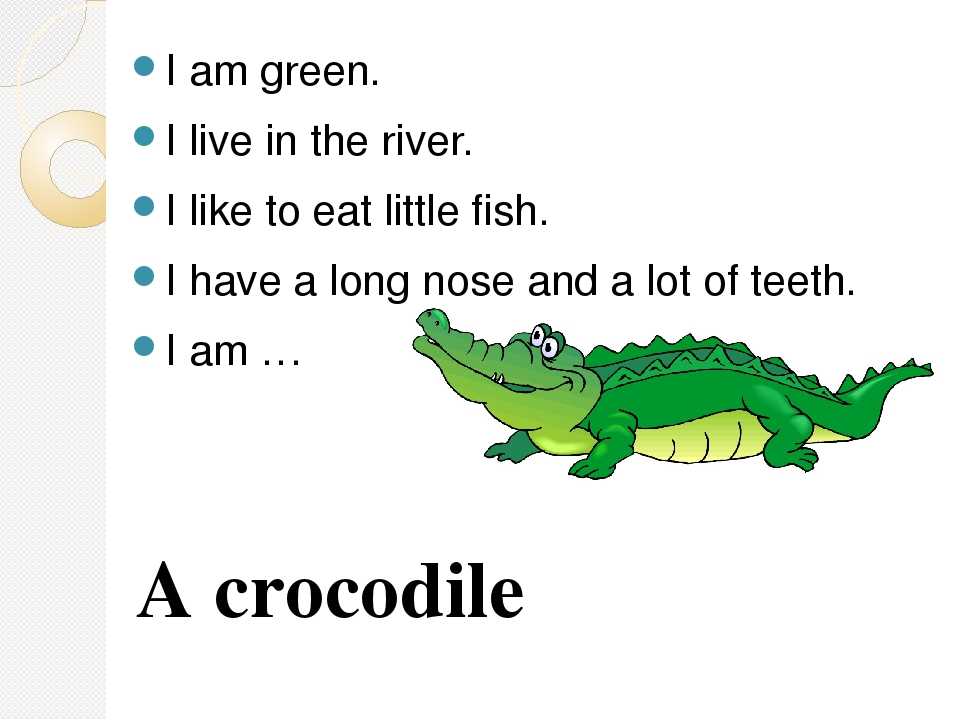 ..
..
Save all future quiz results by signing in!
(you won’t lose your spot!)
Please, be patient, your results are being generated!
As all your friends have been posting which three characters they are, you’re probably having trouble deciding which three you are. Don’t worry — just take this quiz to find out which combination of fictional characters resembles your personality! Because we are complex human beings, there usuallShow More
As all your friends have been posting which three characters they are, you’re probably having trouble deciding which three you are. Don’t worry — just take this quiz to find out which combination of fictional characters resembles your personality! Because we are complex human beings, there usually isn’t just one fictional character that we are perfectly aligned with in every way. You may have the silly optimism of Linda Belcher but the outgoing nature of Spongebob Squarepants and the determination and drive of Leslie Knope. You deserve to know which combination of three characters fits perfectly with your perfect personality (which is perfect because you are perfect!). All you have to do is answer 12 simple personality questions to get your result! We will ask you about your daily habits and drink preferences, how you handle conflict and your political beliefs. Each of your answers helps us get a picture of just who you are!
You deserve to know which combination of three characters fits perfectly with your perfect personality (which is perfect because you are perfect!). All you have to do is answer 12 simple personality questions to get your result! We will ask you about your daily habits and drink preferences, how you handle conflict and your political beliefs. Each of your answers helps us get a picture of just who you are!
Show Less
NEXT QUESTION BELOW
1
You’re new in town and got invited to a house party. You arrive and don’t see anyone you know. Who is the first person you approach?
Ready? Scroll down to answer
- Whoever looks loneliest.
- Preferably no one.
- The best-looking person there.
- Whoever looks most useful.
2
Your friends are having a disagreement.
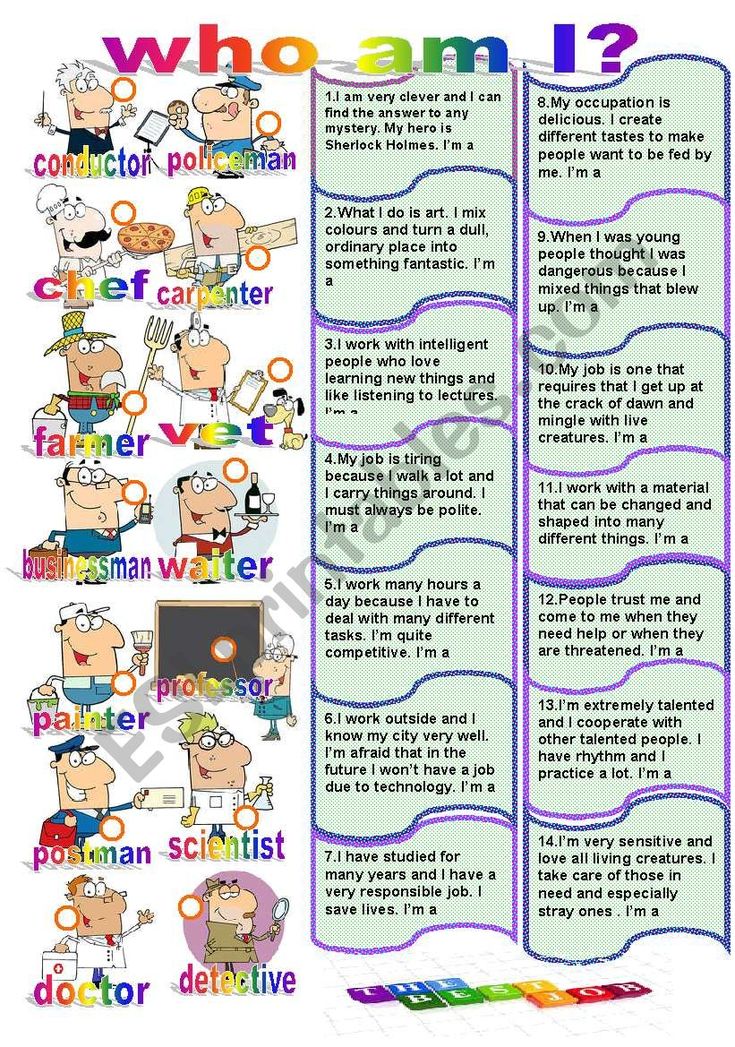 What’s more important?
What’s more important?Ready? Scroll down to answer
- I get my way
- Everyone is happy
- Making a decision and moving on
3
An overpowering thirst comes over you. What’s the best quencher?
Ready? Scroll down to answer
- Dry gin martini
- Bourbon, straight-up
- Diet Coke
- Green tea
- Strawberry smoothie
- Water
4
Immigration is always a big issue in politics. What’s your opinion?
Ready? Scroll down to answer
- They take our tax dollars and shoot all the jobs.
- Immigrants are the backbone of America!
- As long as they’re nice people, I don’t mind.
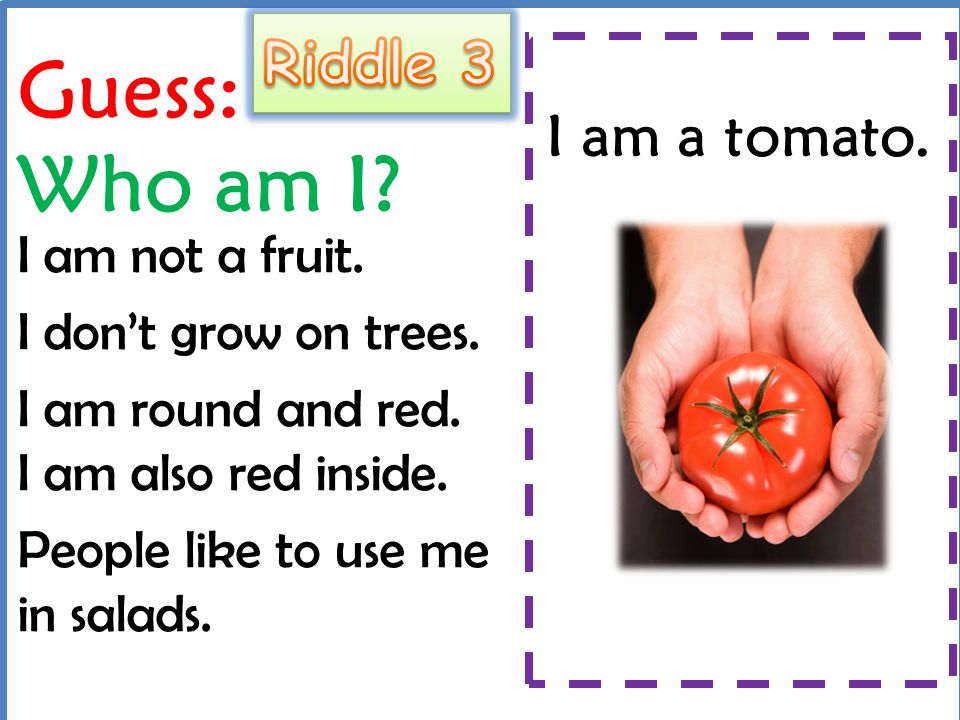
5
It’s Sunday night and you have to prepare for the week ahead. What are you doing?
Ready? Scroll down to answer
- Plotting how to manipulate people to get what I want.
- Planning each day’s outfit, meal, and schedule.
- Enjoying whatever freedom I have until it ends.
- Relaxing with a stiff one.
- Sharing a delicious meal with my family.
6
Speaking of planning for outfits, do you actually put effort into what you wear?
Ready? Scroll down to answer
- Of course! Got to look your best everyday.
- When something special is going on.
- If bending down to pick clothes up off the floor is effort, then yes.
7
It's easy to choose three fictional characters to show your personality.
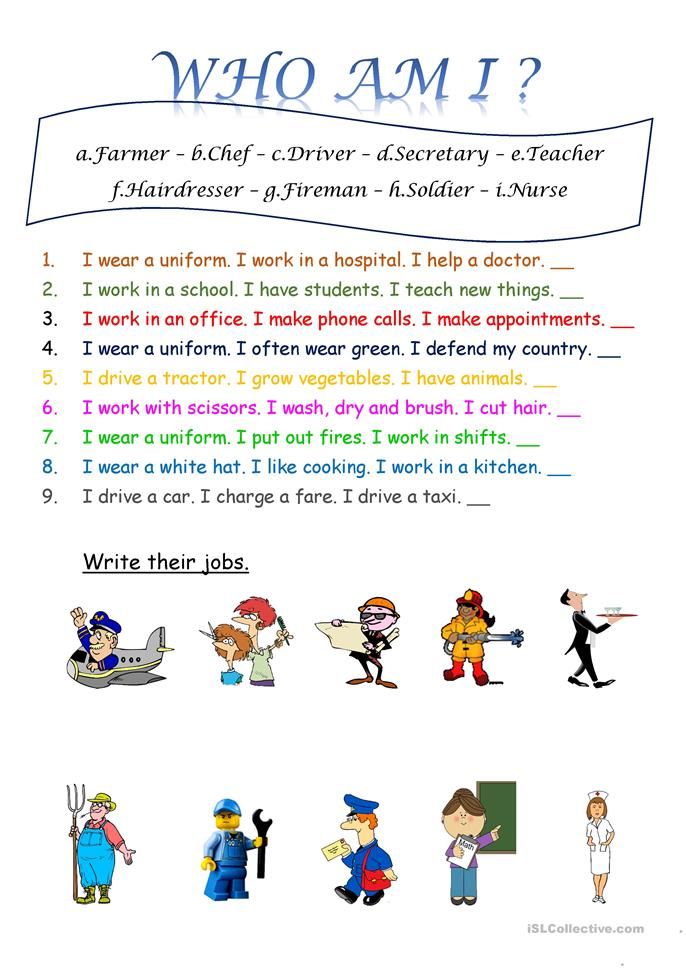 But which real-life celebrity would you throw into the mix?
But which real-life celebrity would you throw into the mix?Ready? Scroll down to answer
-
Vladimir Putin
-
Burt Reynolds
-
Anna Kendrick
-
Helen Mirren
8
We can’t all be “amazing.” Which “A” word best describes you?
Ready? Scroll down to answer
- Amicable
- Ambitious
- Adventurous
- Antisocial
- Admirable
- Alpha
9
It’s Friday night and you decide to treat yourself to a dinner out. What are you in the mood for?
Ready? Scroll down to answer
-
Burger
-
Foie gras
-
BBQ ribs
-
Tacos
10
Getty
You moved into a new apartment and the landlord says you can have only one pet.
 Which one do you choose?
Which one do you choose?Ready? Scroll down to answer
11
This glass is…
Ready? Scroll down to answer
- Half full
- Half empty
- An opportunity
12
There’s a beauty pageant being held in your town, and the prize is a lot of money! Do you throw your name in?
Ready? Scroll down to answer
- Have you seen me! I’d win a beauty pageant, hands down.
- Pageants are stupid and demeaning.
- My best friend is competing. I’ll root for her!
- If I were female, of course.
13
Last question - how would you rate this quiz?
Ready? Scroll down to answer
- I loved it!
- It was pretty okay.

- Not great…
Ready for another quiz?
Advertisement
Advertisement
You have subscribed successfully
How do I know who I am? | PSYCHOLOGIES
Review your history
In order to pronounce “I” with full right, you need to understand and accept the past of your family, consciously take your place in it. The situations in life that we accept or reject become the building blocks that make up who we are. And in order to become ourselves, we need to consciously choose what we feel good in ourselves, and get rid of what torments us.
Distinguish yourself from your social role
We may think of ourselves mostly as a professional or, say, a mother of a family, as if locking ourselves into a single image. But during the day, a person can be a worker and a friend, a parent and a spouse, be sad and angry, love and remain indifferent.
These states have to be constantly coordinated with each other. Those who think: "I have become myself and now I will remain so forever" are mistaken.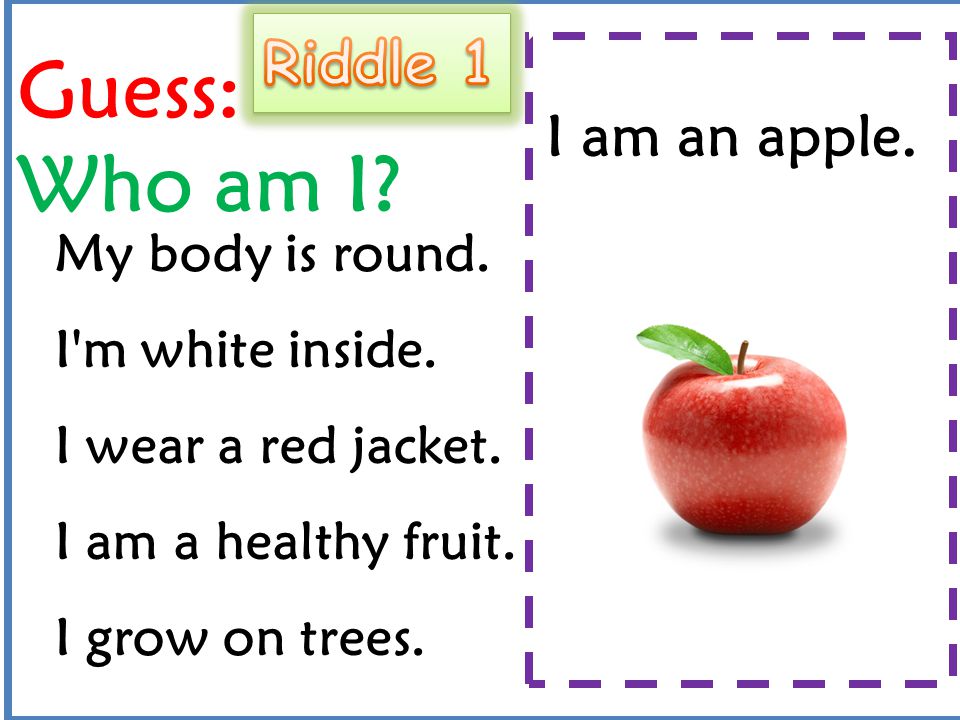
Continue to develop
“I am like that and I can’t help myself”, “I have such a character” - who among us has not heard such phrases? Sometimes we begin to believe that we have finally formed, that all the properties of our personality and character traits are unchanged.
But having taken such a position, a person limits himself, he does not allow himself to move forward, to develop, and therefore fences himself off from himself. The path to yourself is constant development and change.
Be authentic in communication
Some people think that being yourself means telling everything about yourself and telling others frankly what you think of them. In fact, our task is to find a correspondence between our own thoughts, feelings and what we express to another person.
If, while communicating, I understand what is important to me, I assume what is important to the interlocutor, I take into account the place and time of communication, I will be able to express my thoughts and feelings without violating the boundaries of the other.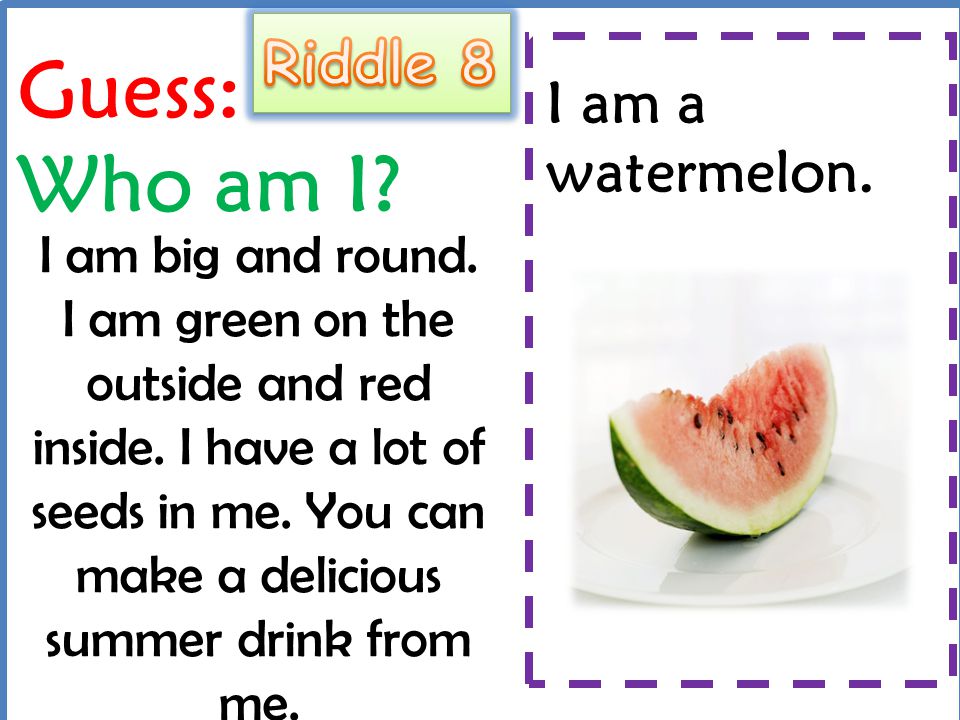
Recognize negative feelings
Repressed memories, emotional traumas, unconscious desires prevent you from being sincere. We do not admit them to ourselves because we are unconsciously afraid of their destructive power. But if we work with them, studying ourselves, then we begin to communicate with others in a different way.
This enriches and simplifies our lives: it makes it possible to experience feelings more vividly, speak more freely about oneself and one's desires, and at the same time removes the heavy need to pretend or embellish oneself.
Determine the limits of your capabilities
Realizing that we are not able, do not want or do not have time to do something, we experience strong and not always pleasant emotions, but as a result we begin to understand ourselves much better.
See yourself from the outside
It is important to distinguish between an inner feeling that makes it clear whether we are now playing a role or living our own life. In each of us there is an "other-in-us" that helps to notice and correlate our feelings, thoughts and actions with each other.
In each of us there is an "other-in-us" that helps to notice and correlate our feelings, thoughts and actions with each other.
This other is not an overseer and not a judgmental intellectual. Rather, it can be compared with a kind of angel who carefully turns us to ourselves.
Who am I? | PSYCHOLOGIES
12,111
Know thyself
The seemingly simple question “Who am I?” Today we ask ourselves more and more often. Unlike previous generations, whose lives were largely predetermined by family, religious and social values, we now have many more opportunities to live as our own desires dictate to us. We more easily give up beliefs that limit us, change the social and professional environment, we can choose religion and even gender. But the abundance of opportunities for self-realization adds doubts. What is really mine in me? How to find the best in yourself and the world around you and what should you give up? And in general, what is this - my "I" in its true sense?
Laying the foundation
Since the time of Freud, it has been known that our inner self is not some isolated island, not subject to external influences, but with the help of the unconscious, it is built within our own family history, at a specific time. That is why, in order to bring a person back to himself, psychoanalysis "sends" him to study his roots: in them lies the source of many problems, a knot that can be tried to untie. As the well-known French psychologist Anne Ancelin Schutzenberger spoke about this in her book Ancestral Syndrome, “we continue the chain of generations and pay off the debts of the past ... Some kind of “invisible loyalty”, regardless of our desire, regardless of our awareness, pushes us to repeat pleasant experiences or traumatic ones. events…”
That is why, in order to bring a person back to himself, psychoanalysis "sends" him to study his roots: in them lies the source of many problems, a knot that can be tried to untie. As the well-known French psychologist Anne Ancelin Schutzenberger spoke about this in her book Ancestral Syndrome, “we continue the chain of generations and pay off the debts of the past ... Some kind of “invisible loyalty”, regardless of our desire, regardless of our awareness, pushes us to repeat pleasant experiences or traumatic ones. events…”
In order to pronounce the word “I” with full right, you need to revise your history, come to terms with the past of your family — understand, accept and consciously take your place in it. Life situations (and conclusions from them), which we accept or reject, become "bricks" that make up and define us. In other words, to dare to be ourselves, we need to consciously choose what we feel good in ourselves and get rid of what torments us.
Select direction
Social roles and beliefs, feelings and thoughts claim to be central to our lives. We can perceive ourselves mainly as a professional or, say, a mother of a family, as if conserving ourselves in a single image. But during the day, a person can be a worker and a friend, a parent and a spouse, be sad and angry, love and remain indifferent. “These states must be constantly coordinated with each other,” says psychotherapist Gleb Lozinsky. - Those who think: "I became myself and now I will always remain so" are mistaken. The path to yourself is constant development and change.
We can perceive ourselves mainly as a professional or, say, a mother of a family, as if conserving ourselves in a single image. But during the day, a person can be a worker and a friend, a parent and a spouse, be sad and angry, love and remain indifferent. “These states must be constantly coordinated with each other,” says psychotherapist Gleb Lozinsky. - Those who think: "I became myself and now I will always remain so" are mistaken. The path to yourself is constant development and change.
This path requires effort, reflection and attention, and therefore it is much easier to believe that we have finally formed, that all the properties of our personality and character traits are unchanged. “Yes, I am like that and I can’t help myself”, “I have such a character” - which of us has not heard such phrases? “But, having taken such a position, a person limits himself,” comments Gleb Lozinsky, “he does not allow himself to move forward, develop, and therefore fences himself off from himself.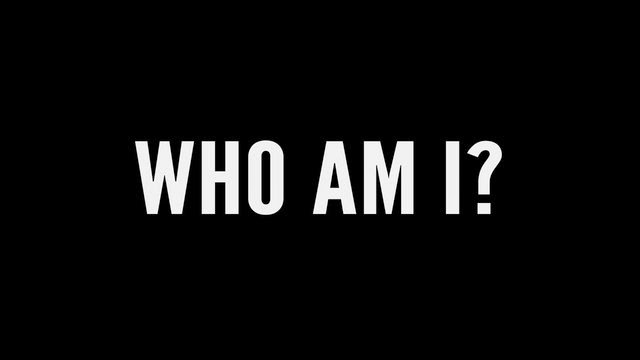 ”
”
What does it mean to take a step towards your true identity? “Some people think that being yourself means allowing yourself to do whatever you want,” says family therapist Boris Shapiro. “We all have Dr. Jekyll and Mr. Hyde in us, and it is up to us to choose which one of them will prevail. One must try not to harm others on the way to oneself.
For centuries spiritual leaders of various denominations called on a person to overcome his imperfect "I". Now we can choose for ourselves a different way of self-improvement: to treat ourselves with respect, creativity and love. And, of course, without taking his attitude to the extreme - creating a cult of his own "I". In other words, to develop your individuality without falling into egocentrism.
Being authentic in communication
Some people think that being yourself means telling literally everything about yourself and literally telling others what you think about them. “During my student years, I tried a similar style of communication, it seemed very modern to me,” admits 25-year-old Arina.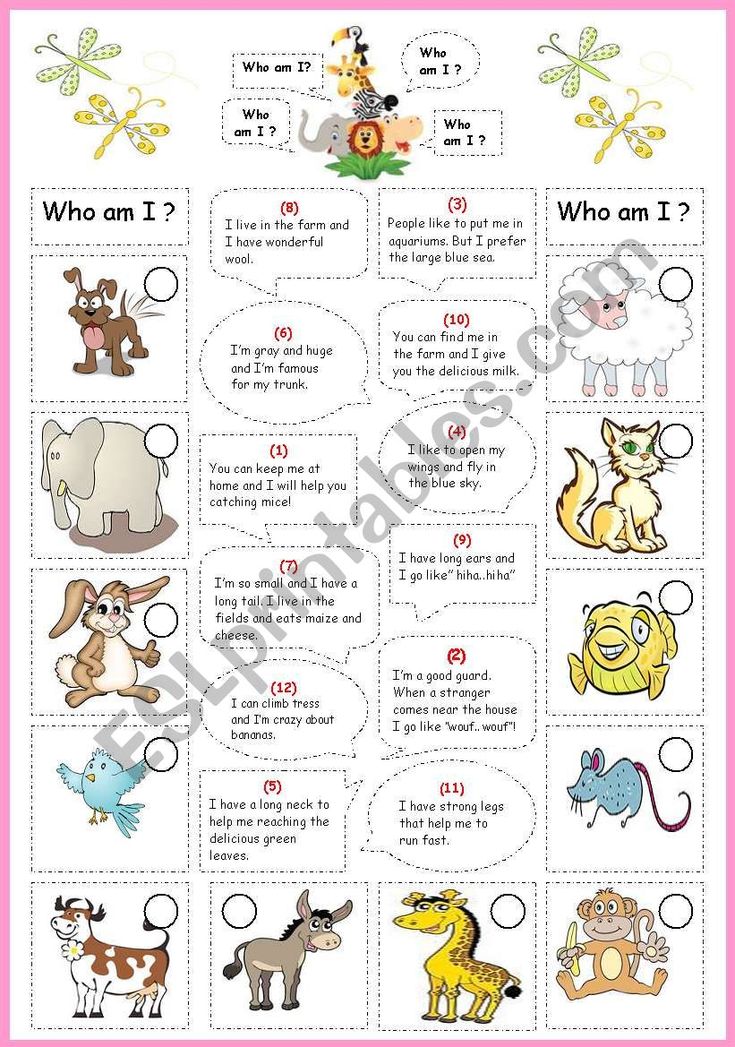 “But in many situations, I felt only awkwardness. In any case, it did not add friends to me. “Being frank does not mean saying everything you think,” comments existential psychologist Svetlana Krivtsova. “It means thinking and feeling what you say.”
“But in many situations, I felt only awkwardness. In any case, it did not add friends to me. “Being frank does not mean saying everything you think,” comments existential psychologist Svetlana Krivtsova. “It means thinking and feeling what you say.”
Only by finding a match between our own thoughts, feelings and what we express to another person, we get the opportunity to build a full-fledged relationship. “If, when communicating, a person understands what is important to him, assumes what is important to another, and also takes into account the time and place of communication, he will be able to express his thoughts and feelings without violating the boundaries of the other,” adds Gleb Lozinsky.
But one can become open with others only by learning to be open, first of all, with oneself. Suppressed memories, emotional trauma, unconscious desires, negative feelings - all this prevents us from being sincere: we do not want to recognize them, unconsciously fearing that they will destroy us.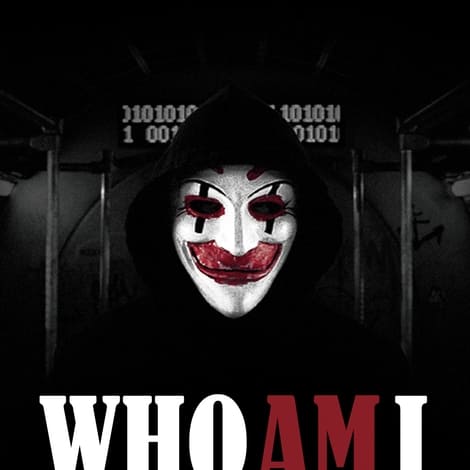 Working with them, studying ourselves, we begin to communicate differently with others - and this enriches and simplifies our life. It enriches because it gives you the opportunity to experience your feelings more vividly, to speak more freely about yourself and your desires. And it simplifies, because it relieves us of the heavy need to pretend or embellish ourselves.
Working with them, studying ourselves, we begin to communicate differently with others - and this enriches and simplifies our life. It enriches because it gives you the opportunity to experience your feelings more vividly, to speak more freely about yourself and your desires. And it simplifies, because it relieves us of the heavy need to pretend or embellish ourselves.
The Power of Wishes
When accepting birthday greetings, we sometimes hear: "Stay as you are." What is the message that comes to us with these words? “The person pronouncing them is a little cunning: in fact, he wants to say: “Stay as you are ... for me,” says Gleb Lozinsky. “Be good (attentive, cheerful, obedient).” Fearing to lose what he is used to, the congratulator voluntarily or involuntarily wishes the birthday man to remain unchanged - and this is not the best prospect for him. “Speak better about what you feel,” advises Gleb Lozinsky. - For example, like this: "I always feel your attention and value it very much. " Talk not about the person himself, but about his qualities and actions. It is important to remember that everyone has the right to restrain or show their qualities, regardless of whether others like it.
" Talk not about the person himself, but about his qualities and actions. It is important to remember that everyone has the right to restrain or show their qualities, regardless of whether others like it.
Meeting place
Meeting with the present can be expected in a variety of situations - in joy and sorrow, in communication with friends, or when you need to make some kind of decision. It is easy to understand that it happened: at this moment we clearly feel the harmony of our own thoughts and feelings, we clearly understand: everything that we are doing now is right and true. “Constantly reflecting is not necessary at all,” says Boris Shapiro. - To feel this inner integrity, sometimes it’s enough just to decide and make a choice: this is right for me, and this is not. Regardless of what others say (or think) about your decision.
You can also “feel yourself” by defining the limits of your own capabilities. “Realizing that we don’t know how, don’t want to or don’t have time to do something, we experience strong and not always pleasant emotions, but as a result we begin to understand ourselves much better,” explains Gleb Lozinsky.


